Product Description
KIRREL Antibody | 26-225 | ProSci
Host: Rabbit
Reactivity: Human, Mouse, Rat
Homology: N/A
Immunogen: Antibody produced in rabbits immunized with a synthetic peptide corresponding a region of human KIRREL.
Research Area: Membrane
Tested Application: E, WB
Application: KIRREL antibody can be used for detection of KIRREL by ELISA at 1:312500. KIRREL antibody can be used for detection of KIRREL by western blot at 1 μg/mL, and HRP conjugated secondary antibody should be diluted 1:50, 000 - 100, 000.
Specificiy: N/A
Positive Control 1: Cat. No. 1211 - HepG2 Cell Lysate
Positive Control 2: N/A
Positive Control 3: N/A
Positive Control 4: N/A
Positive Control 5: N/A
Positive Control 6: N/A
Molecular Weight: 66 kDa
Validation: N/A
Isoform: N/A
Purification: Antibody is purified by peptide affinity chromatography method.
Clonality: Polyclonal
Clone: N/A
Isotype: N/A
Conjugate: Unconjugated
Physical State: Liquid
Buffer: Purified antibody supplied in 1x PBS buffer with 0.09% (w/v) sodium azide and 2% sucrose.
Concentration: batch dependent
Storage Condition: For short periods of storage (days) store at 4˚C. For longer periods of storage, store KIRREL antibody at -20˚C. As with any antibody avoid repeat freeze-thaw cycles.
Alternate Name: KIRREL, FLJ10845, MGC129542, MGC129543, NEPH1
User Note: Optimal dilutions for each application to be determined by the researcher.
BACKGROUND: KIRREL (NEPH1) is a member of the nephrin-like protein family, which includes NEPH2 and NEPH3. The cytoplasmic domains of these proteins interact with the C terminus of podocin (NPHS2) , and the genes are expressed in kidney podocytes, cells involved in ensuring size- and charge-selective ultrafiltration. NEPH1 is a member of the nephrin-like protein family, which includes NEPH2 (MIM 607761) and NEPH3 (MIM 607762) . The cytoplasmic domains of these proteins interact with the C terminus of podocin (NPHS2; MIM 604766) , and the genes are expressed in kidney podocytes, cells involved in ensuring size- and charge-selective ultrafiltration (Sellin et al., 2003 [PubMed 12424224]) .
 Euro
Euro
 USD
USD
 British Pound
British Pound
 NULL
NULL

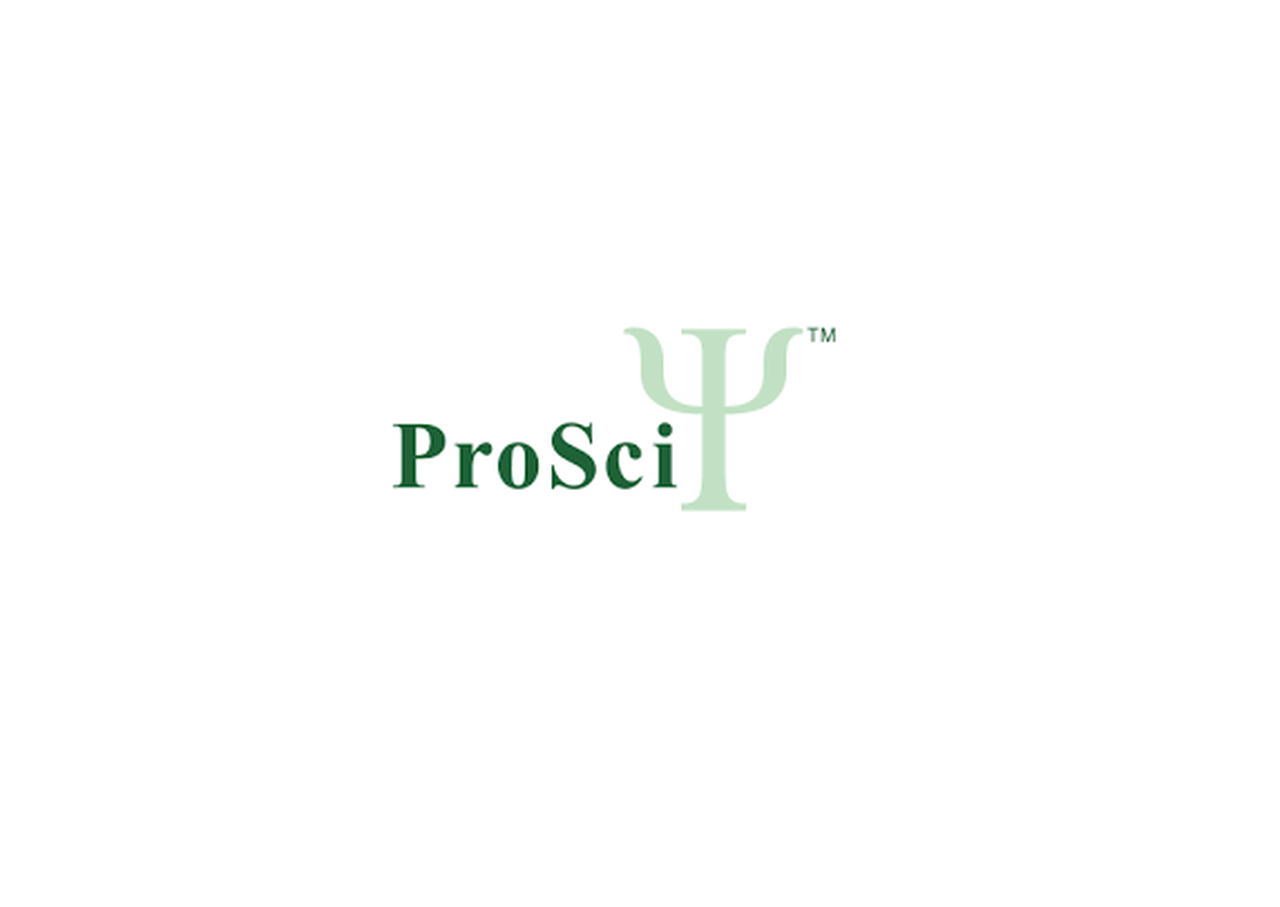






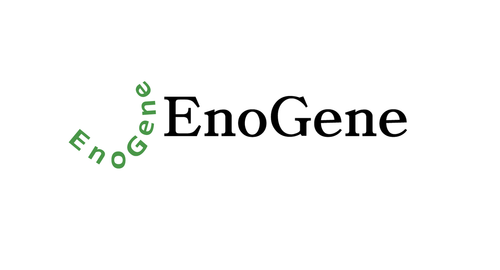

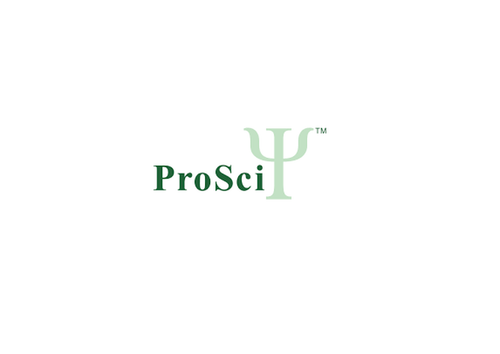
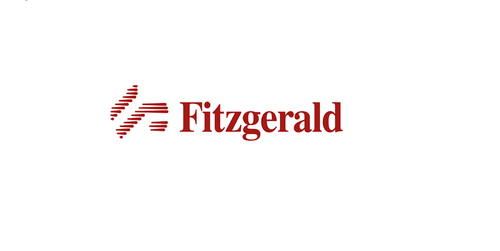
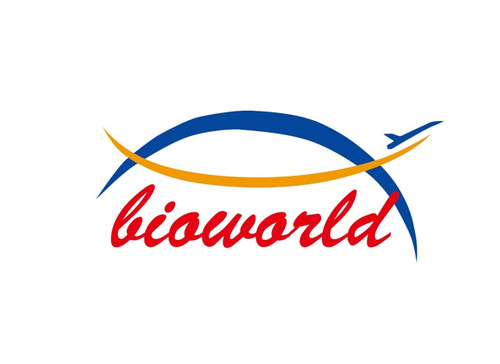
![KIRREL Antibody (C-term) [APR17029G] KIRREL Antibody (C-term) [APR17029G]](https://cdn11.bigcommerce.com/s-452hpg8iuh/images/stencil/500x659/products/866458/1158525/logo__92149.1659788186__00570.1659863104.png?c=2)
